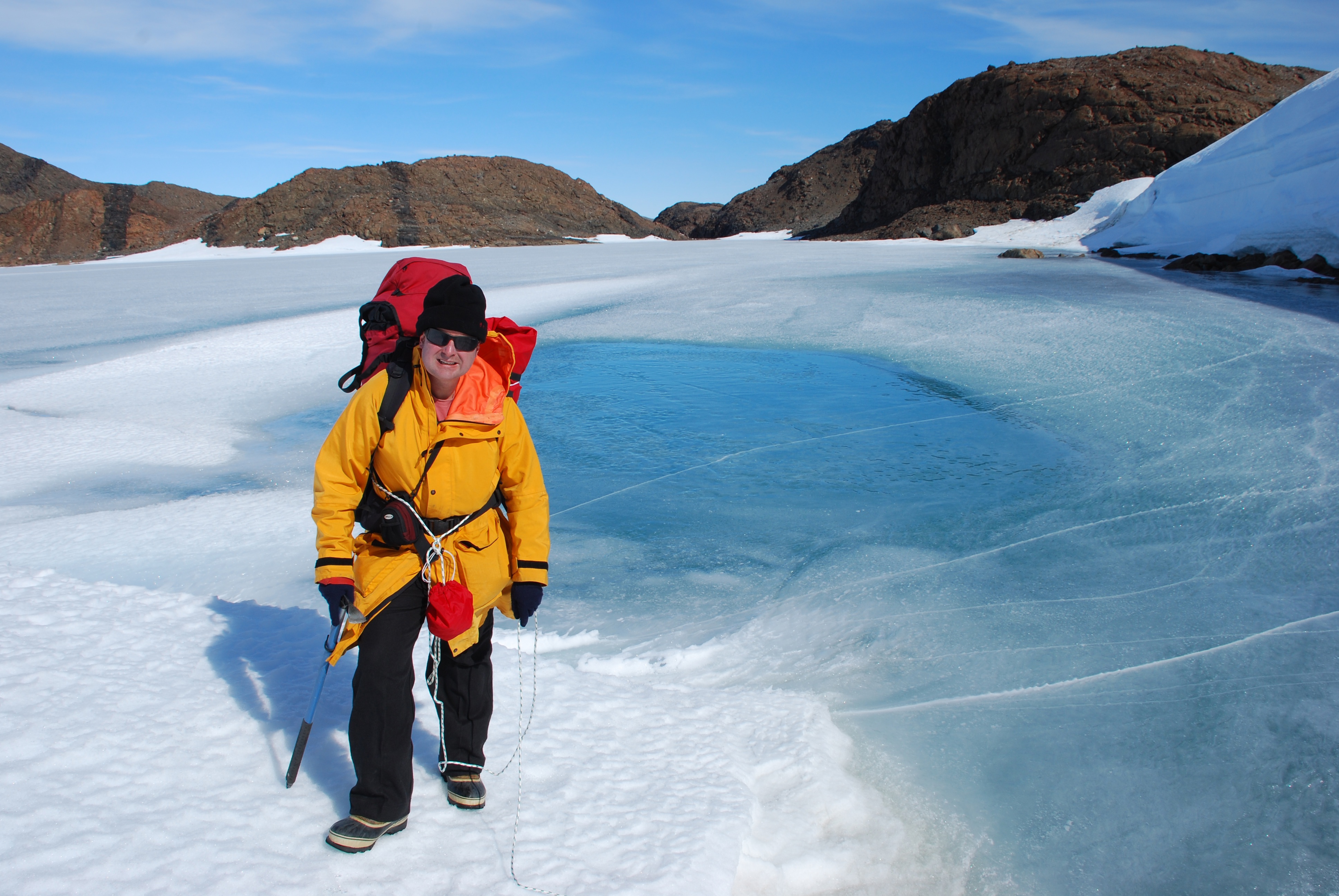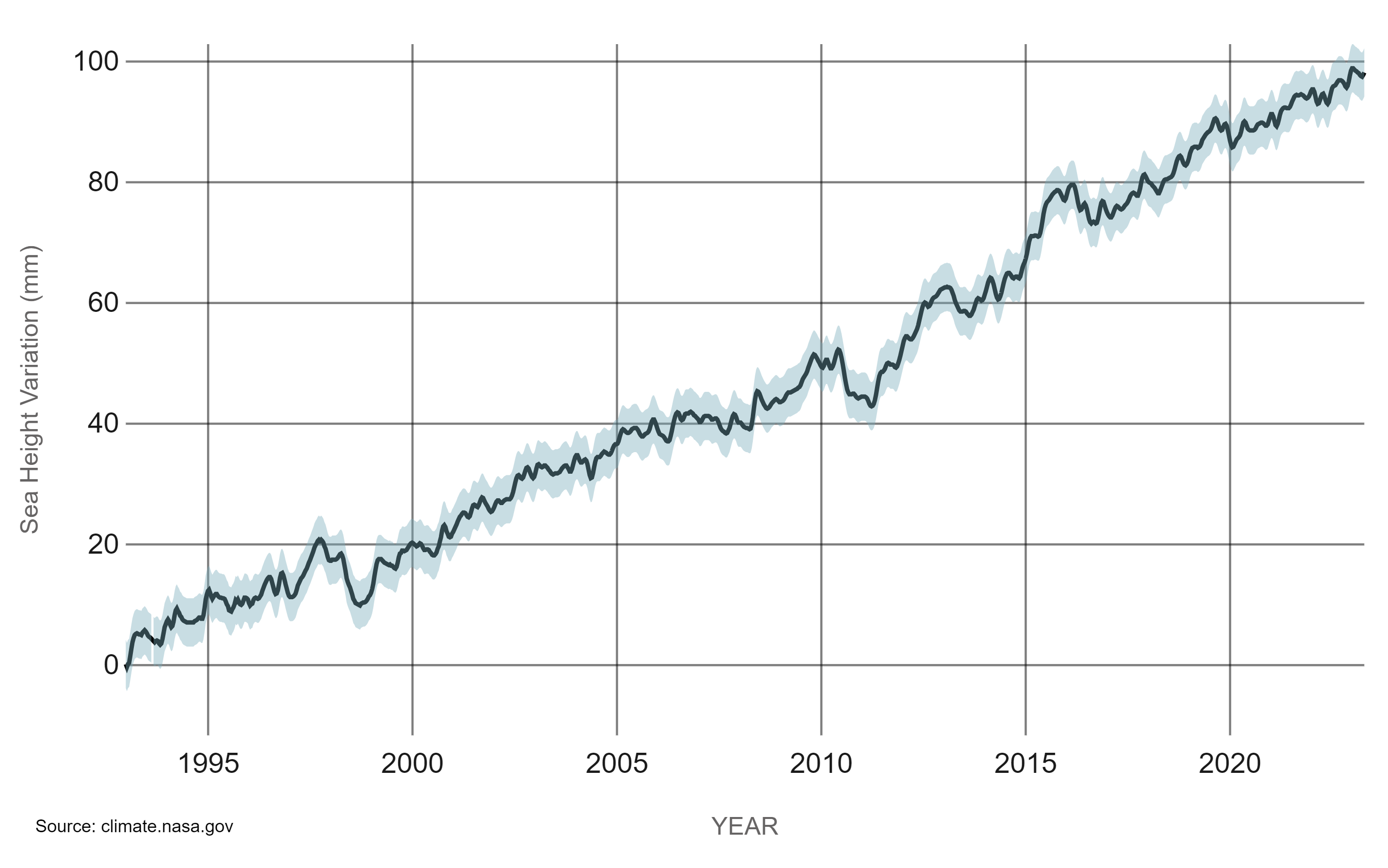Australia's Antarctic explorers often say your first expedition is for the excitement, your second trip is for the money.
The third time you go? You must be crazy.
Dr Andrew Klekociuk has kept going back for over 30 years – so what does that make him?
READ MORE: How hot is too hot? Calls for workplace overhaul ahead of El Niño summer
Klekociuk took his first expedition to the frozen frontiers of Antarctica in 1987.
Thirty-five years later, he's the leader of Australia's Antarctic Climate Program with the government-run Australian Antarctic Division.
That means he's better qualified than almost anyone to talk about climate change in the South Pole.
And with alarming news coming out of Antarctica on a weekly basis, he has a warning backed up by his decades of experience.
Change is in the air
Reports indicate that huge chunks of Antarctica's ice failed to form over the last winter.
The astounding figure for the loss is somewhere around 1.5 million kilometres of ice – or an eight per cent loss this year.
From Australia's home base for Antarctic expeditions in Hobart, Klekociuk said that "record underperformance" paints a grim picture for the 21st century.
"Sea level change is going be a big awakening for Australia," he told 9news.com.au.
The consensus prediction among climate scientists is at least one metre of sea level change by the end of the century.
"But it could easily be as many as five", he said.
"Imagine Bondi Beach or Darling Harbour – now put five metres of water on top of that."
READ MORE: Piece of ice the size of the Northern Territory missing from Antarctica
He said the Southern Ocean can only buffer us from so much climate change.
Currently, Greenland glaciers melting are the highest contributor to sea level rise.
But he predicts Antarctica will take over as the driver of sea level change in the next decades, as more Antarctic ice melts with every passing year.
"In March of last year, there was a heat wave in the region where temperatures were recorded in excess of 30 degrees above the average what you'd expect below zero," Klekociuk said.
According to the Australian Antarctic Program's top climate scientist, these destructive and expensive changes were a question of when, not if.
"For me, sea level change is the biggest concern," he said.
"We just can't shrug it off. It's going to happen.
"It's just a matter of where we get to within a reasonable time frame to take action."
Klekociuk admitted that estimates in the upper range can be uncertain.
He said that even if sea levels only change by a metre, the price tag for the world to repair its infrastructure could run into the trillions of dollars.
Another of Australia's Antarctic climate experts, Dr Nathan Bindoff from the University of Tasmania, told 9news.com.au extreme changes in sea level couldn't be ignored.
In the most extreme predictions for the year 2300, the changes would be unfathomable.
In those circumstances, "sea level rise greater than 15 meters cannot be ruled out," he told 9news.com.au.
"This is a new abnormal, completely outside our understanding of the instrumental record."
Life on the frozen continent
Australia looks after its own slice of Antarctica, and on it, operates several year-round research stations.
These are the year-round homes of the Australian Antarctic Division, which Klekociuk has made the icy trek to and from over the years.
Asked which of the stations was considered the favourite of Antarctic explorers, he mused, "Davis has its charm, low hills and lakes".
"Casey is different too," he said, citing its wilder weather but more connected feel with its Airlink and runway.
But Mawson station, Klekociuk says, is the "real Antarctica – the epitome of Antarctica" – separated from the rest of the world by thousands of kilometres and surrounded by "gnarly mountains".
It's a minimum of 10 days to the station from Hobart by boat, which makes emergencies a matter of life and death.
At Mawson, the team lives in the main accommodation building known as "the Red Shed", sleeping in modern air-conditioned single-room "dongas" or bedrooms.
The Red Shed on the base also houses a surgery, lounge, kitchen and dining room.
The base is stocked with a "local supermarket" – a walk-in cupboard affectionately referred to as "Woolies".
Based on conversations Klekociuk has had with other long-serving explorers, they're seeing a subtle but notable difference in the amount of ice around the stations each year.
And that daily experience is starting to confirm the astounding data that they collect through their grim but groundbreaking research.







